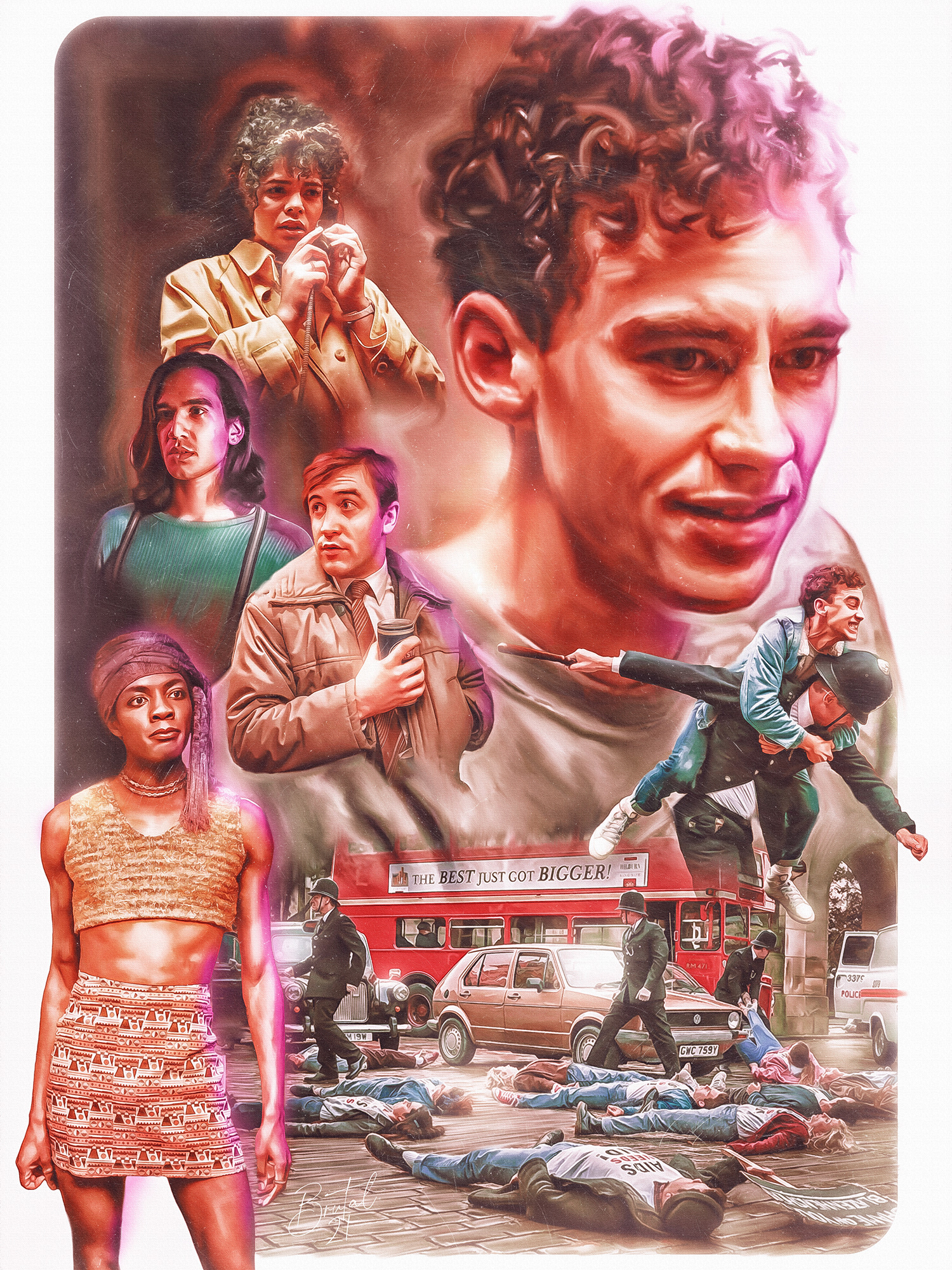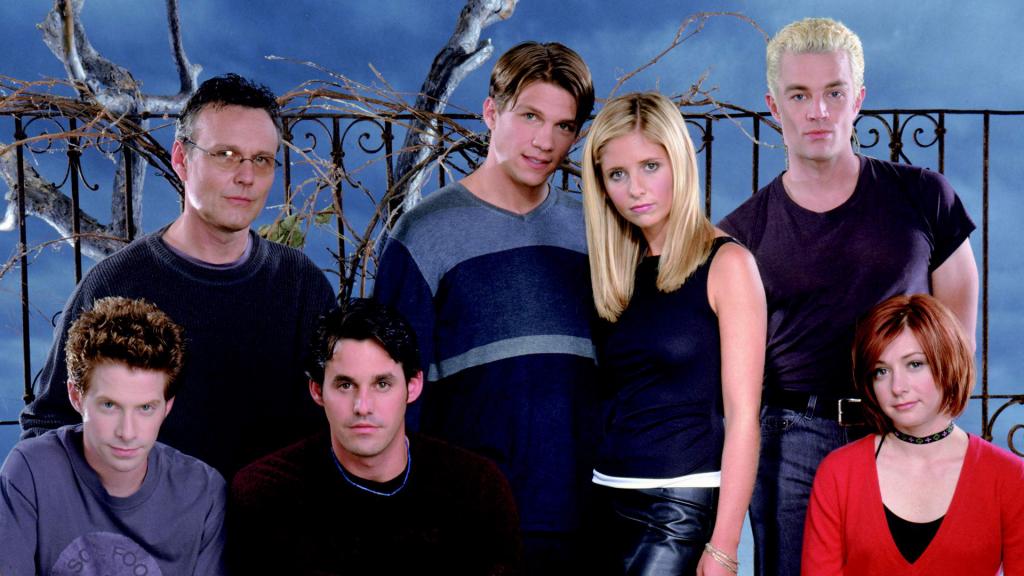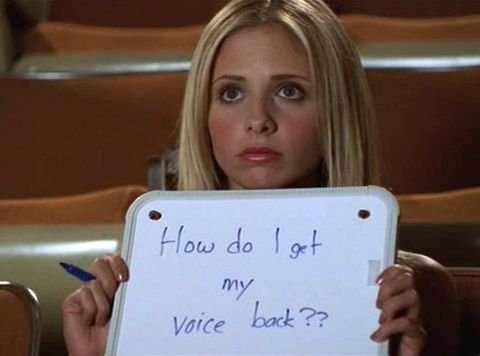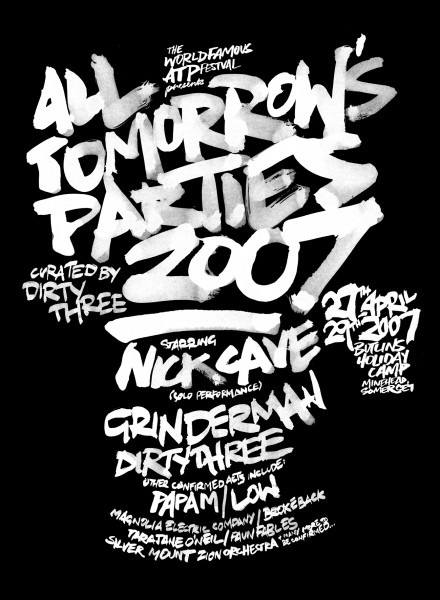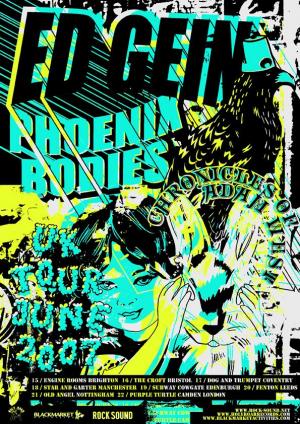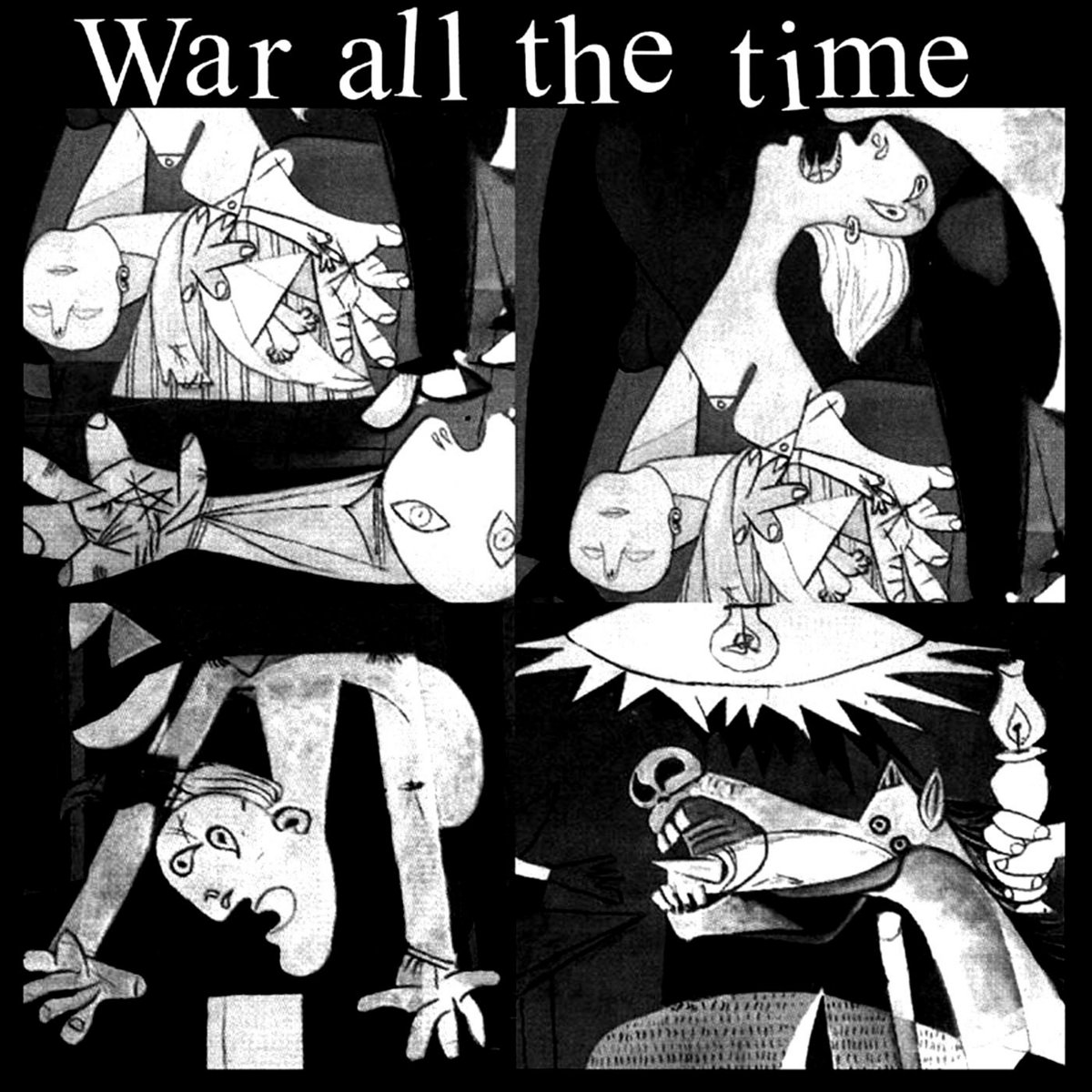You make the best of it, I guess. I wish I'd seen more friends, travelled more, been to more gigs and so forth this year, but I can't deny that, having moved in December (and being on furlough so not destitute), it was actually pretty sweet to have time in the early 2021 lockdown to explore the area, go on lots of country walks, get stuff done in the new house and garden, etc. And after far too many years of having hardly any time off at Christmas, it was quite something to get three months...
When it was possible to do so, we did start to see friends again. We had a brilliant holiday in Exmoor with Vic, Matt, Finlay and Seb, a boozy afternoon at The Gun Inn in Findon (the best pub in our vicinity by a country mile) to belatedly celebrate Anna's birthday and a night in a yurt somewhere near Newick for Emily's birthday. I got back to see my mum a few times, and we were able to start having (mostly Sussex-based) friends round to our new place. Even with restrictions eased, travelling was a little problematic as our cat is increasingly old and needy, and seems to take a turn for the worse if we leave him for even one night with someone else looking after him, but here's hoping I can get to see more of you lot in 2022.
My band Viaduct got going again with a new line-up, playing a few gigs which I'll detail below. New guitarist Rich has already left, so for the moment it's James, myself and drummer Ash, though hopefully we'll get a new guitarist, record some new songs and play more gigs next year.
And really, work aside, that's been it this year - well, that and the below...
ALBUMS
Initially I thought this was going to be one of my least varied selections; there were whole scenes and genres I barely checked in with this year, and there was a definite trend in my listening towards things which were long, heavy, slow, emotionally wrenching or all of the above. I'm not too sure how much of that was me feeling attuned to this end of things in dark times, and how much was a result of musicians naturally drawing inspiration from the febrile period we're living through. Looking at the final list, it's not quite as one-note as all that, despite definite pockets of intensity.
The usual disclaimers apply: clearly I didn't hear every record that came out this year, and some of the ones I did I haven't fully engaged with. This list was whittled down from a much longer one, and even then there were five or six which were in earlier versions of the top 20 which didn't make the final cut. As always, I've just tried to be honest and gone for the albums that I dug the most.
Viaduct were back at it pretty swiftly after restrictions eased, but moving to Storrington has meant that making it out to gigs is a more costly and time-consuming business, so I didn't make it to as many other shows as I'd have liked. By my reckoning, I missed at least four opportunities to see Pascagoula, and probably the same again for Codex Serafini. These are the nine shows I did make it to, playing or otherwise. As well as the physical feeling of being back in small rooms with live music rattling my brain and body, it was fantastic to catch up with a bunch of friends, most of whom I hadn't seen since before the pandemic.
24/7: Viaduct gig w/Janus Stark @ The Pipeline
8/8: Viaduct gig at the Punkish/Noisish all-dayer @ Bar 42 with a bunch of bands including Human Invention
2/9: Viaduct gig w/Dealing With Damage & Sturdy Wrists @ The Albert
20/9: T House @ The Pipeline
30/9: Human Invention/Hawaiian Breeze @ The Pipeline
14/10: Mastermind/Burn Alive/Aerosol Jesus/Attestor @ The Cowley (I left before Cruelty!)
28/10: Viaduct gig w/Nil By Habit & Human Invention @ The Pipeline
12/11: Rolo Tomassi @ Chalk
5/12: Part Chimp/Modern Technology/Ezekiel Doo @ The Green Door Store
TV
This is by no means an original comment, but the sheer availability of options in our streaming age can be bewildering. It's hard, these days, to tell whether you're still watching something or if you've actually given up; I reckon there were times this year when I theoretically had up to 30 shows on the go, many of which I still haven't finished (which is why, for instance, previous faves Baptiste, Feel Good and Guilt are unrepresented here). And some of the best TV I watched this year wasn't actually from this year, with last year's Buffy marathon (which I will get back to writing about at some point, honest) followed in 2021 by my finally watching all of Stranger Things (just excellent) and Community (fantastic, though I suspect even the show's most ardent acolytes will accept that it went a little off the boil in later seasons).
Anyway, instead of trying to write in detail about everything I watched (or partially watched) this year, I've decided to go back to a Top 10 format (although it's currently a Top 12, and may swell further before I finish). So there's only brief room to address certain trends this year: you were certainly well catered for if you're into shows about ship's crews in peril (The Terror, The North Water, Vigil) or historical infiltrations of fascist organisations (Paris Police 1900, Ridley Road), for example. Unusually for me, no foreign language entries have made my top list this year, though I did watch a bunch, from the decent (Bordertown, The Valhalla Murders) through the watchable (Snabba Cash, Paris Police 1900 again) to the pretty rubbish (The Devil's Throat); special mention for sheer oddness goes to 50M2, a Turkish crime drama with jarring comedy moments.
Speaking of comedy, and in direct contrast to my musical choices, the bulk of my favourites this year (though certainly not all of them) included at least an element of the light-hearted, and that goes for some of the things that didn't make the list: the cartoonish Terry Pratchett-inspired fantasy The Watch, rollicking Nancy Mitford adaptation The Pursuit Of Love and raucous Muslim teen-punk show We Are Lady Parts, along with more obvious sitcom moves from returning favourites Motherland and Ghosts. And let's not forget Staged (having swerved the first series last year, I devoured both of them in 2021) and Taskmaster, particularly the year's second series with its brilliant bunch of contestants. The UK's silliest show remains an utter balm in trying times - unlike Frank Of Ireland, by some distance the year's worst new show.
Given that I didn't catch many of the year's most talked-about shows, there's no Squid Game, Succession, Mare Of Easttown, The White Lotus etc here; I hope the flip side is that there'll be some shows which may have passed you by.
Oh, and the hugely ambitious space (and time, natch) opera Doctor Who: Flux, while not without its flaws, was by some distance the best of the Jodie Whittaker era, though not quite enough to make it into the following list. I am looking forward to the New Year's special though, particularly with a guest spot from Aisling Bea. Speaking of whom...
12. THIS WAY UP
Aisling Bea's This Way Up returned for its second series, and things were looking pretty good for lead character Áine, now in a relationship and with a new business venture on the horizon. Of course, given that This Way Up is a comedy-drama with mental health as its central theme, it's hardly a spoiler to flag up that not everything ends up going swimmingly. Tobias Menzies is great as boyfriend Richard, newly loosened up from the rather austere character we met in the first series, while the chemistry between Bea and Sharon Horgan (as older sister Shona, and with her own raft of issues, not least that she's getting married while clearly not over her fling with colleague Charlotte) provides one of the most realistic and natural depictions of a sibling relationship you're likely to get on the box, every conversation packed with piss-taking, concern, sarcasm, affection, point-scoring and genuine love. Bea's script is whip-smart throughout, of course. Just wonderful.
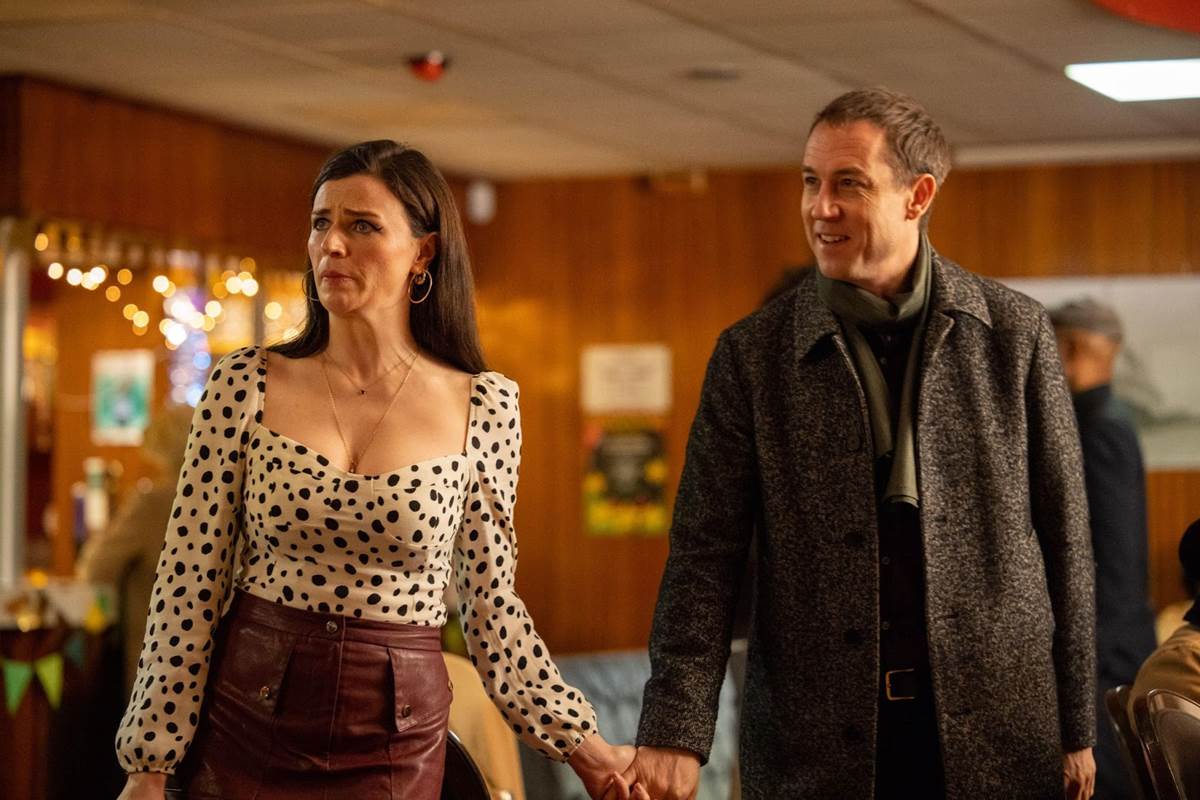
11. STARSTRUCK
More obviously going for the laffs than This Way Up, but no less enjoyable for that, Rose Matafeo's Starstruck fell somewhere between Gameface and, well, Notting Hill. Matafeo's Jessie has a New Year's one-night stand with a feller called Tom - who turns out to be a famous movie star. The rest of the series takes us through the year's seasons as the pair, despite both being good-looking and witty and with a chemistry (that word again) seemingly suggesting they're made for each other, absolutely fail to get together. It's clearly a very rom-commy premise - and Jessie's dance through the streets on her way home from said one-night stand even tilts into something resembling big musical choreography - but it also has a lot to say about the malaise of late-20-something life and the loneliness of the big city. And if the small screen hasn't been notably lacking in charismatic but gaffe-prone leading ladies of late, trust that Matafeo's charisma and gift for both verbal and physical comedy makes Starstruck irresistible.

10. MIDNIGHT MASS
Midnight Mass seems to start as one type of show, and gradually, through the turning of multiple connected screws, becomes something else entirely. Initially, it's the not unfamiliar story of a man returning to the small, isolated community of his youth, and to his family and his childhood sweetheart, following the derailing of his life through addiction and its consequences. The opening episode is slow, sober and grown-up, with only the faintest of hints that there is something sinister lurking in the background. Well, sometimes it's a jarring cello note, which is hardly a faint hint. But still: you get to know these people, and that only makes it hit harder when the horror begins. There's a definite Stephen King feel here - I don't recall whether the precise location of Crockett Island is ever given, but it's spiritually off the coast of Maine - and many of the characters, like recently arrived Sherriff Hassan or the afore-mentioned childhood sweetheart Erin Greene, could have walked off the pages of one of his novels. The most remarkable performance comes from Hamish Linklater as the island's temporary (or is he?) new priest Father Paul Hill, chewing scenery even in his quieter moments. At once a dissection of faith and a journey into abject horror, the slowburning nature of Midnight Mass only increases its spellbinding intensity.

9. BACK
Weirdly - and I certainly didn't plan this when I put them back to back here - there is, sort of, a similarity between Midnight Mass and Mitchell & Webb comedy-drama Back. In the latter's first series, Webb's Andrew returned to what he claimed was the pub-owning family who fostered him as a child, and his devious, tricksterish qualities, evident only to his supposed brother, Mitchell's Stephen (and the viewer) crackled with a malevolence that wouldn't have been out of place on Crockett Island. There's even a priest in evidence, though in Back he's dopey rather than intense. Anyway, Back's second series, much delayed not only by Covid but some serious health issues for Webb, was another dark treat, somewhere between sitcom and outright psychodrama - though characters like Geoffrey McGivern's Geoff, and Oliver Maltman and Jessica Gunning's husband-and-wife bar team, kept the laughs coming. A genuinely surprise ending set up a different dynamic for a hopefully-forthcoming thrid series.
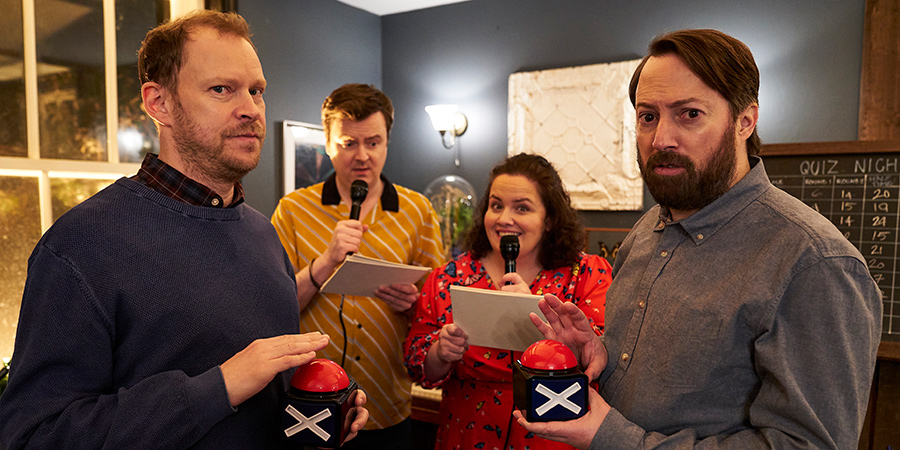
8. LINE OF DUTY
Much of the noise that's persisted around Line Of Duty emanated from its ending, and while there was a certain degree of anti-climax in the eventual unmasking, the "I wasted hours of my life" brigade need to sit back and contemplate how enjoyable the journey was, no matter the final(?) destination. Kelly Macdonald was brilliant as slippery DCI Joanne Davidson, while characters (and locations) from throughout the show's run reappeared. Perhaps part of the issue many viewers had was that the most exciting moments took place earlier in the series: the ambush in episode 4 was one of LOD's most gripping set pieces, and the face-off between Kate and Ryan Pilkington at the end of episode 5 a tremendous cliffhanger. Anyway, at my mum's house earlier this year I watched one of those TV awards ceremonies, and watching Tommy Jessop (AKA Terry Boyle) punching the air when LOD won was a beautiful sight.

7. INSIDE NO.9
Like Line Of Duty, Inside No.9 is pretty much guaranteed to make it into my End-Of-The-Year lists. By its very nature, it's inconsistent, each self-contained story different in tone and style. Opening with the Commedia Dell'arte-inspired Wuthering Heist, with its masks, farce and fourth wall-breaking was a bold move, as this episode certainly wouldn't have been for everybody - but it did prove that showrunners Reece Shearsmith and Steve Pemberton haven't stopped searching for new ideas. Everyone will have their own favourite episodes, but for me the pick of the bunch were Hurry Up And Wait, guest-starring Line Of Duty's Adrian Dunbar as a particularly odious version of himself, which combined a sort of kitchen sink Extras vibe with a sinister mystery, and the closing Last Night Of The Proms, an exploration of Brexit-fueled jingoism, poisonous family dynamics and religious allegory in such a masterful way that I really must rewatch it.

6. SHETLAND
By all accounts, Shetland garners very good viewing figures for the BBC, and is almost certainly viewed (in the UK, at least) by more people than many acclaimed Netflix series. And yet, it still feels like something of an underdog, slightly unappreciated despite being the best and most consistent crime drama on our screens. For the first time, this sixth series dipped into its past by reintroducing an old adversary alongside a typically knotty murder plot, while various faultlines opened up in the lead characters' lives. There was a strong theme of past sins returning to haunt the present, along with a moving sub-plot about Perez's dad's dementia. And, again for the first time, we ended on a cliffhanger, its only comfort being that we'll definitely be getting another series of this wonderful show.
Once again, this wasn't planned, but it would be remiss of me not to note that I've just talked about three sixth series in a row. Yep, 666 and all that.

5. THE OUTLAWS
Let's move on to something new, then. The Outlaws was, simply, way better than it had any right to be. I've not really followed any of Stephen Merchant's career since The Office and Extras, but I definitely felt that his sense of humour and my own had diverged in the years since. As it turned out, this comedy drama (yes, another one, and it won't be the last!) really was something special. Much was made in the pre-publicity of the presence of Christopher Walken, and it's pretty hard not to view that as something of a coup, but this was very much an ensemble piece, with newcomer (to me) Rhianne Barreto the standout. Given that the supporting cast included the likes of Dolly Wells, Nina Wadia, Richard E Grant and Ian McElhinney, this was not a production lacking in talent. But perhaps what was best about The Outlaws was that it really worked as a drama, and at times a pretty tense one at that, and that by its end you genuinely cared about all of its principal characters, even the ones that might have started out looking a little like cyphers.

4. THE GREAT
This comedy drama (yeah, yeah) finds us in 18th Century Russia, as Peter III's young bride Catherine arrives at his palace. Nicholas Hoult gives a riotous performance as the Emperor as a young tyrant driven only by hedonism and his desire for sex, violence and gluttony, probably in that order. There was a point in the first episode where I was concerned the entire series was going to ask little more of us than to find Peter's behaviour hilarious, but as Catherine realises her own desires will forever be sidelined and reveals her steely core, The Great becomes so much more than the historical romp it intially promised. Once again, there's an excellent cast, playing characters who soon develop between their initial, slightly one-dimensional roles - too many to mention, though certainly including Adam Godley's pious archbishop, Sacha Dhawan's bookish count, Douglas Hodge's drunken general and Phoebe Fox's fallen-from-grace aristo-turned-maid. With an atmosphere of terror where the tightrope between favour and disfavour is shaky and a slip can be fatal, Peter's court somewhat reminded me of The Death Of Stalin, suggesting that regardless of political system this was still how things were done in these parts centuries later. Anyway, the first series ended on an attempted coup, and the second has already started airing. Huzzah!
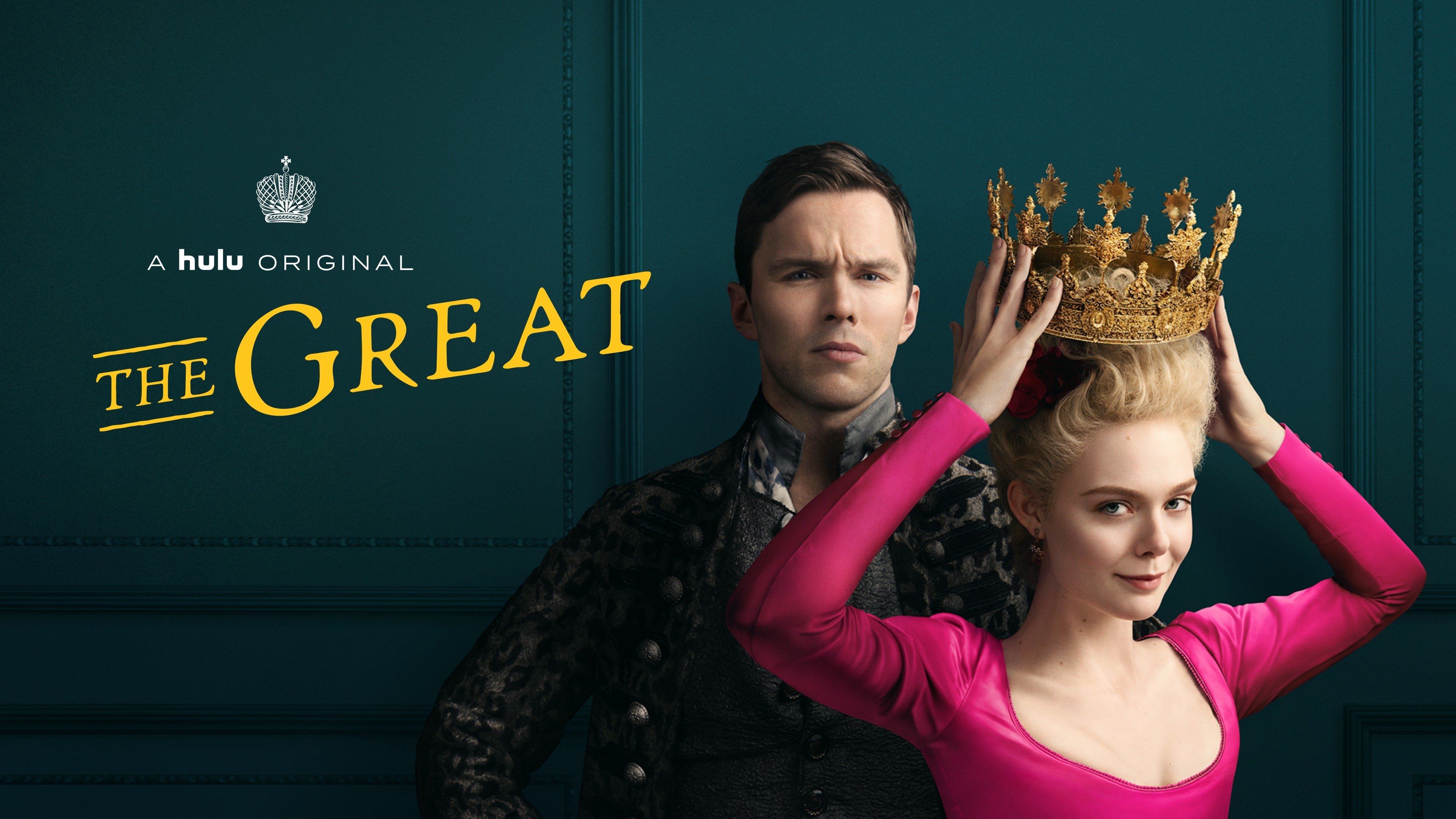
3. SEX EDUCATION
For all its flagrant indecency, there's something very, well, decent about Sex Education. Its writers ensure that even characters who've previously been antagonists or irritants are given, over time, the chance to be portrayed in a more rounded, sympathetic way. We saw this with bully Adam in previous series, and I'd say this time round it was true of his dad, Ruby and Isaac. For all the obvious unreality of the show, with its strange sense of being out of place and time, and a school quite unlike any that actually exist, there's something that feels true in this responsible way of dealing with its characters. Even this season's Big Bad - new headteacher Hope, whose breezy (initial) affability conceals a desire for conformity that borders on the fascistic - is given vulnerabilities that prevent her being a straight-up baddy.
The core cast are all present and correct, and given storylines which keep the series interesting. There is drama both brash and subtle, and points where I genuinely worried for Eric and Lily's well-being, only to be blindsided by another character unexpectedly being in mortal peril. Of course, there is also comedy, not least a distinctly Inbetweeners-esque sequence involving human faeces on a school trip. But perhaps the most important component of the show is the debate, brought about by Hope's policies, regarding the right way to deal with sex and sexuality in schools. Spoiler: probably not by mandating abstinence.

2. BUMP
The surprise hit of the year, for me, was this Australian - you guessed it - comedy drama, about that classic soap staple, the unexpected pregnancy. That's unexpected as in nobody, teenage mum Oly included, knows about it until her waters break. I guess somebody needed more Sex Education, hey?
In fact, there are hints of Sex Education about Bump - clever dialogue, a diverse cast (in terms of both race and sexuality) and a willingness to give the adult characters their own stories. But Bump is unquestionably its own thing, with a heartwarming quality that creeps up on you and a no-bullshit sense of humour that feels distinctly Aussie. As much as Oly and her babydaddy Santi are out of their depth, we're shown that the adults around them are equally capable of fucking things up. Bump was a delightful new arrival.

1. IT'S A SIN
Russell T Davies's last joint Years And Years followed a family through a decade to explore a speculative dystopian future. It's A Sin follows an ad hoc family through a decade to explore an all-too-real tragic past. Years And Years was bold and brilliant, but now feels like a warm-up: It's A Sin is a masterpiece.
A joyful celebration that gradually but inexorably gives way to a mournful requiem for lost youth, it begins by capturing the wonderful abandon of the early 80s gay scene, particularly when seen through the eyes of someone escaping the dull, straight provinces. I can't report on the veracity of the depiction, given that I was in primary school in Somerset at the time, but the main thing is that the bravura direction makes it look like the most exciting, joyous, uninhibited period. But even from the first episode, a new disease is also beginning to creep into the narrative. We know what's coming.
Credit is due to Davies and his cast for balancing this sense of impending doom with hedonism and laughter. Olly Alexander (out of Years & Years, the band) captures central figure Ritchie's story arc wonderfully - frankly, the guy is a bit of a twat, which is a bold move for the de facto lead, but his vulnerabilities make him lovable nonetheless. There's also something about the devotion he inspires in his friends, particularly Jill, played by Lydia West (out of Years And Years, the show) that means he's never irredeemable. And while we see something of the families of Colin and Roscoe, it's Ritchie's background which most informs the piece. There's a point in the final episode featuring Jill and Ritchie's mum (played, with customary brilliance, by Keeley Hawes) which is probably the single best scene of 2021.
Like much of the music that soundtracks it, It's A Sin is simultaneously melancholy and life-affirming. And what music - it's easy to forget now how dominant gay and queer-adjacent pop was in the 80s, what with Bronski Beat, The Communards, Pet Shop Boys, Erasure, Frankie Goes To Hollywood, Soft Cell, Culture Club, Eurythmics, the entire synthpop and Hi-NRG scenes, not to mention the yet-to-come-out likes of George Michael and Freddie Mercury. In fact, it's hard not to look at the current charts and think something vital has been lost - but that's a dicussion for another time.
My only complaint about It's A Sin is that 'La!' in-joke, which I found teeth-grindingly irritating - but apparently merchandise based on it has raised something like half a million quid for the Terrence Higgins Trust, converting the show's essential humanity to real-life fundraising, and I'm certainly not going to argue with that.
